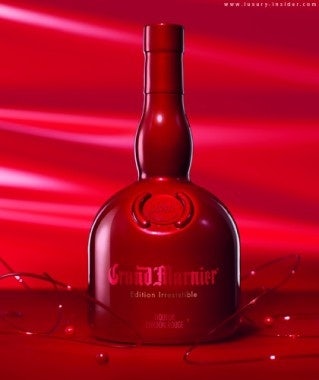Strong Brand Marketing Efforts Over The Past Six Years Starting To Pay Off In Highly Competitive China Alcohol Market#

We've written several times before about the China-centric marketing efforts used by whisky producers and wineriesto break into the complex, highly balkanized, and cut-throat Chinese beverage market. While baijiuand beer remain the top of the heap in the China market in terms of volume, among luxury consumers, scotch, cognac, liqueurs, and grape wine have caught on in a big way. Still, alcohol consumption among 20-somethings in China is minuscule compared to other major global markets, and alcohol brand marketers have responded accordingly, focusing most of their effort on appealing to more sophisticated high-net-worth consumers who buy more alcohol for home consumption or gift giving than the younger generation. Nonetheless, the popularity of marquee alcohol brands among younger consumers is growing gradually, particularly in the context of highly conspicuous locales like nightclubs, where a group of younger drinkers often split up the cost of a bottle. Taking the particularities of China's young drinkers into account, brands have localized their marketing techniques by appealing to a few cultural aspects that set young Chinese consumers apart from those in other countries.
As Shanghai Daily writes, appealing to Chinese consumers' love of limited editions and elaborate packaging (and the importance they put on showing off through conspicuous consumption of expensive imported drinks) has paid off for companies like Grand Marnier :
As the No. 1 liqueur exported from France, selling in 150 countries and regions, and made by a company that is the fifth largest buyer of cognac in the world, it retains a steady, Old World reputation and character.
But its market in China is possibly the trendiest of any it enjoys elsewhere.
"Usually the worldwide target for Grand Marnier, because we are the most expensive liqueur, is the 35-45-year-old bracket," the Shanghai-based Coppin says. "But in China we focus more on the young generation, 25-35 years old.
They know we have a cognac base, they like mixed drinks, such as an icy Grand Marnier with a tonic, and they like to party. "And we love having Grand Marnier at that kind of party."
While the liqueur is available in nightclubs and hot spots in first-tier metropolises such as Shanghai, Beijing and Shenzhen (Guangdong Province), its market is expanding outside to cities such as Wuhan (Hubei Province), Chengdu (Sichuan Province), Dalian (Liaoning Province) and Xi'an (Shaanxi Province).
Noticing that the cocktail market in China is still quite undefined compared to the US market, Grand Marnier has wisely chosen to promote the brand as a go-to choice for simple mixed drinks to be shared amongst friends -- the preferred method of drinking for younger people in China:
The drinker categories are more defined in other overseas markets than China which is also still a nation of developing palates.
"Our market in the US is the cocktail market, but this is still very small in China," Coppin says. "While we are very strong in the narrow range where the cocktail culture exists, we focus on introducing people to the pure liqueur itself, with a mixer - like tonic or iced tea."